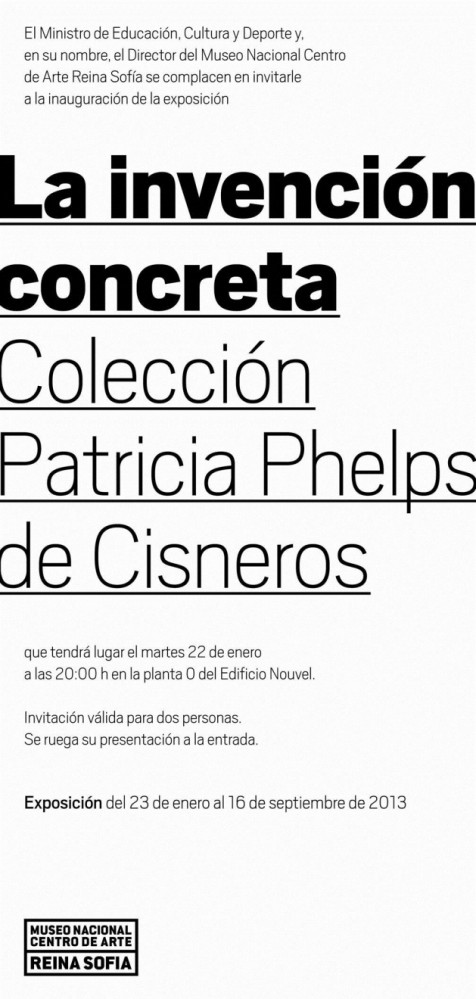How Digital Platforms Have Changed the Way We Look at Art
I have just returned from Spain where we inaugurated Concrete Invention, the latest exhibition of our family’s collection, the Colección Patricia Phelps de Cisneros (CPPC) at the Museo Reina SofÃa. The exhibition showcased 200 works from the geometric abstraction movement that took place in Latin America between the 30s and 70s. This exhibition is the first comprehensive show we have done in a decade and it’s also the first time that we have shown in Europe.
When we began thinking about the concept behind the exhibition we realized that this was our first opportunity to develop a strong digital platform to support it. As an institution we have always had an educational focus. Our mission at the collection has always been to make our collection accessible to as many people as possible. That is one of the reasons why we don’t have a museum, and instead have a strong lending program worldwide and we make our collection available to universities and institutions such as the Reina SofÃa.
Digital platforms have made our mission easier to achieve. For Concrete Invention, we moved away from creating a conventional catalogue and developing a traditional educational museum guide to instead creating a digital experience that would be both supportive of the show and timeless. In collaboration with Blue Cadet, the industry leaders in digital design, we created a website and app that are truly interactive. The website lainvencionconcreta.org, when accessed from the museum becomes the audio and visual guide for the show and also allows you to share your favorite works through facebook, pinterest and twitter as you walk through the galleries.
The app, available through iTunes here, is designed to complement your experience and uses the physical works in the show as a starting point, but evolves as a platform that allows to you learn more about that period through archival, video and additional  visual elements allowing you to dig deep in the areas you are most interested in.
The New York Times Snow Fall: The Avalanche at Tunnel Creek has become the leading successful example of what journalism should be today. Over three million people read, watched and listened to this story – not necessarily because they were interested in the subject, but most likely because of the riveting way in which the story was presented by using graphics, video, and the written word all seamlessly integrated. It seems to me like the future of journalism has arrived!
Snow Fall: The Avalanche at Tunnel Creek


